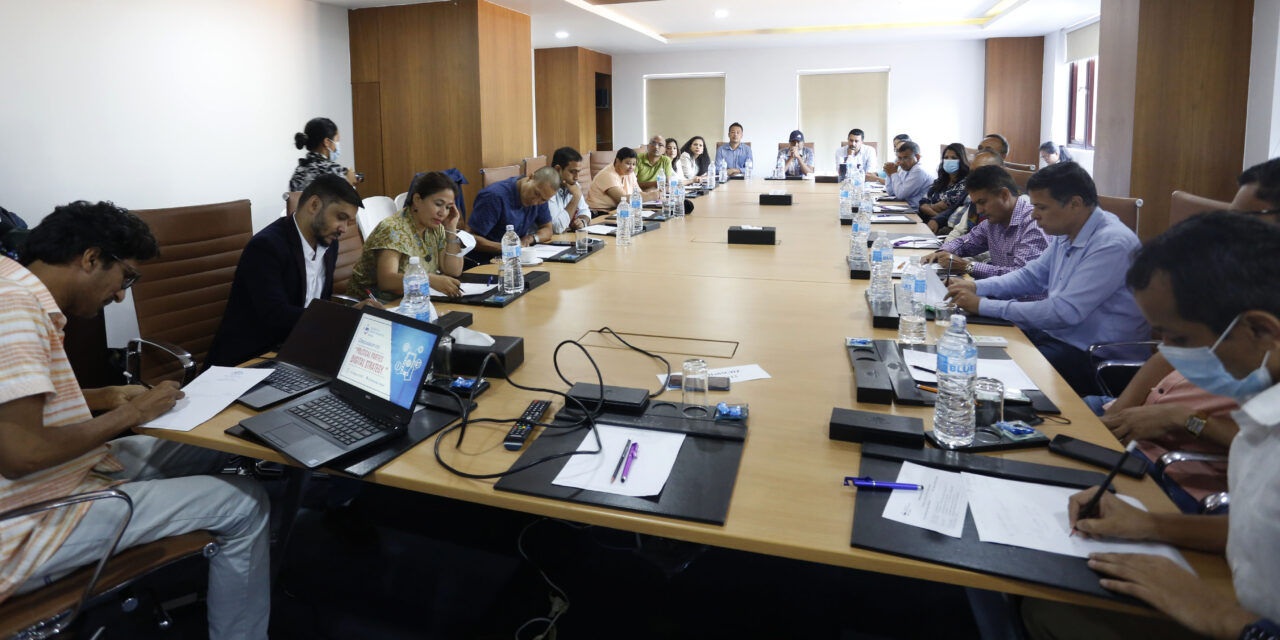During elections periods Nepal’s political parties gave top priority to use of digital tools such as social media to reach voters, a couple of studies commissioned by the Center for Media Research- Nepal during local elections 2022 conclude.
The studies identified that political parties used the digital media platform as an informal means to communicate about their activities, without formal party decision.
Presenting a paper on the ‘Political Parties Digital Tools Use and Strategies’, researcher Rabi Raj Baral said that political parties lacked ‘proper management and transparency’ while using the digital media. He pointed out that the use of digital tools was still in an early stages and lacked human resources by the political parties.
In his study, Baral found that Facebook was most used medium to reach out the audience by the political parties, but there were also considerable use of Twitter, YouTube, and TikTok. He said that the use of social media by the political parties started during the Constituent Assembly Election of 2008. Since then the use of digital media by the political parties remained imperative during the all the election campaigns.
He also outlined the threat of political parties’ use of such medium to misinform the public, as political parties were also engaged in developing cyber troops. He said that there was a tendency of political parties using the messaging apps to use in election campaign and to counter the information that are against the political parties.
Assistant Professor at Tribhuvan University and former head of Department of Mass Communication and Journalism at Ratna Rajya Campus, Rishikesh Dahal presented his study on political parties’ use of social media platforms during local election of 2022.
Dahal pointed out that people’s agenda was less prioritized in the content, whereas focused on only election issues. During the election time frame, Dahal identified the CPN-UML strategy was to develop a its party chairperson as a central figure, which was followed by Maoist-Center strategy to iconize its chairperson Prachanda as central figure, but for Nepali Congress- the strategy was to prioritize election manifesto agenda to reach out to the people through social media.
Dahal identified the trend towards of using TikTok through unorganized groups to support the party agenda in the election, and trend towards using such media to attack other political parties.
Representatives from political parties’ information department, journalists, researchers and other stakeholders shared their feedback to the studies.








